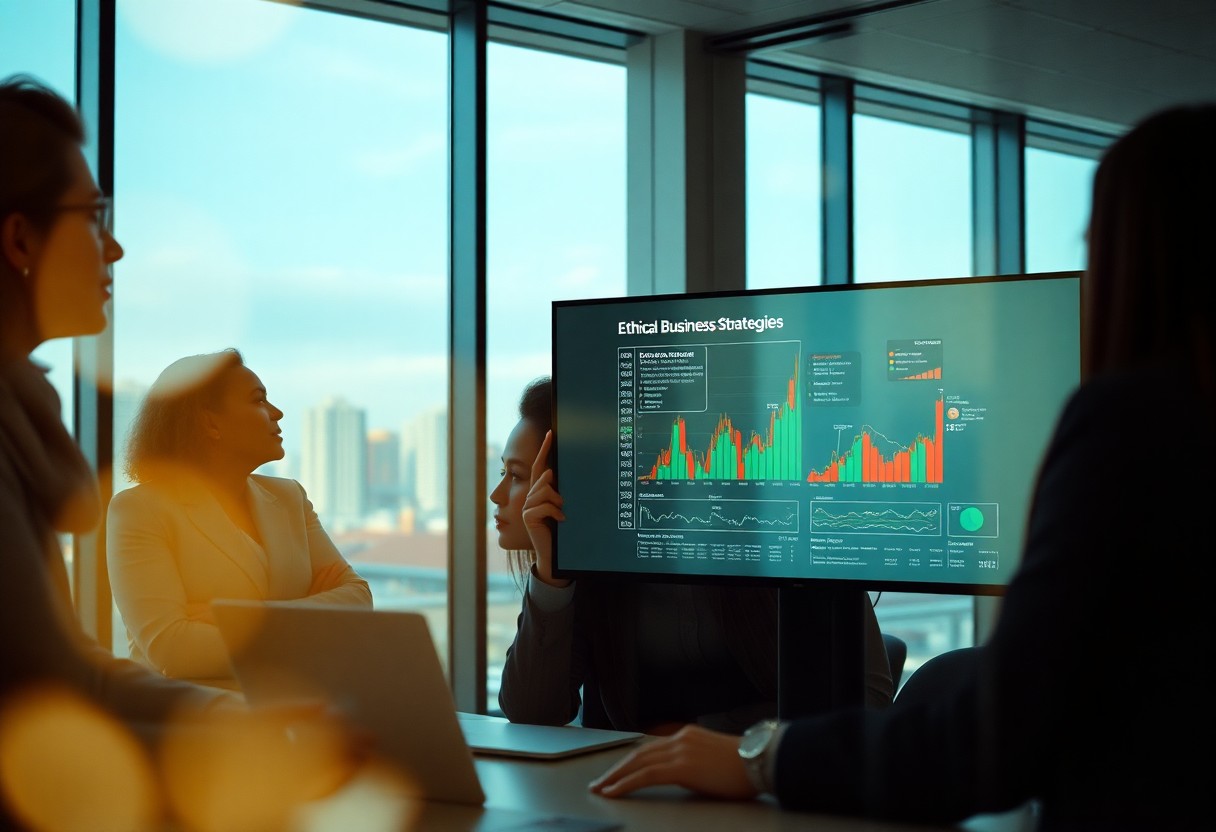Security and sustainability aspects are interrelated in contemporary buildings. Contrary to BREEAM security, it is not just about safety; it’s about trust, comfort and assurance in every building. As the future of development becomes more intricate, BREEAM security standards generate spaces that feel protected, durable and genuinely humane.
Building Up Security Early
Good buildings start with good planning, and this is where BREEAM is so special. With the addition of the Design Stage option for the Breeam HEA 06 security assessment developers have the opportunity to spot potential risks prior to them becoming apparent. The proactive strategy prevents financial and time loss at a time when it can also help identify a potential jeopardy businesses are exposed to. Early application also fosters cooperation between architects and security consultants to pay close attention to detail and safety. By focusing on security from the beginning, developers create environments that inspire trust, community, and comfort for all who enter.
Risk-Based Design Strategy
Not every site is the same, and not every site is vulnerable in the same way. BREEAM’s risk-oriented planning principle helps developers weigh location, purpose, threat, and other considerations prior to determining a course of action. Rather than implementing uniform solutions across the board, this strategy emphasizes realistic solutions for specific risks. A shopping center may emphasize crowd management, while an office building may focus on access control. That mix of utility and provocative awareness can prevent unwanted purchases while still keeping safety at the top of the pyramid. It’s a bit more of a thoughtful, tailored approach to individual sites focused on form and function rather than a draconian label of “safe” or “not safe.”
Value from certification
Obtaining BREEAM certification does not only confer prestige on the building but also instills confidence in investors, occupants, and local authorities. Certification indicates that a building was designed with honesty, responsibility, and vision. It is an identity beyond sustainability and reliability in confidence and security. Individuals are more relaxed in certified environments because they believe their health and safety are being looked after. Increased market appeal and enduring property value are the additional land-related benefits for developers. When BREEAM security criteria are achieved within this framework, the building can be seen as a beacon of trust and responsibility within the community.
Protecting Site & Building
A project is confronted from day one of its construction with a myriad of threats, including potential theft, vandalism, or trespassers. The security principles of BREEAM stress the need to protect the site against these threats by means of strong boundaries, good lighting, and monitoring systems. The flow of materials and the flow of labor are disrupted when workers aren’t working and when materials must be watched. When the building is finished, the same philosophies carry over into the permanent safety systems of the structure. Security does not culminate at the end of construction; it continues and evolves throughout the life of the site, safeguarding not only its physical resources but also the reputation and the faith of those who use it.
Future-Proofing Developments
With ever-evolving threats in play, future-proofing is a must. BREEAM standards enable developers to plan ahead for environmental and security issues. That involves constructing buildings with flexible systems that respond to new threats without undergoing massive revisions. Digital monitoring of tough materials is all about long-term thinking and perseverance. Such planning ahead lowers maintenance costs and increases safety for years to come. An anticipatory building becomes more than just a solid structure; it becomes a protector of generations. When a development can evolve smoothly as needs change, it shows that security is not just about keeping today but also about guarding the people and possibilities of tomorrow.
Integrating Sustainability & Safety
For many years, sustainability and security were considered two different objectives, but BREEAM combines them seamlessly. Natural surveillance, renewable light, and low environmental impact materials all reinforce security and the environment. Solar-powered lighting along a well-trafficked path enhances security and curtails air pollution. In combining these two ideas, BREEAM shows that security is compatible with sustainable development and need not be compromised. Together, they deliver communities that shield individuals and safeguard a cleaner, more accountable way of life.
Meeting BREEAM’s Hea08 Criteria
BREEAM’s security philosophy is underpinned by its Hea08 criteria, a multi-layer risk assessment that facilitates interaction between design teams and security consultants. The objective is to predict threats and neutralise them through smart design. Visibility, control of access, and involvement of neighbors are all key to fulfillment of this standard. Compliance with HEA08 criteria also improves the comfort and usability of the building, as it is more secure and accessible. Following these precepts, developers have crafted places that emanate assuredness, concern, and an abiding respect for human safety.
Conclusion
The BREEAM security criteria serve as a reminder that building true progress is not about what buildings look like but what they do to protect. Integrating sustainability with intelligent design, development teams are making spaces where safety simply feels natural rather than compulsory. When people feel safe, communities prosper, affirming that protection and progress can, and do, coexist.




